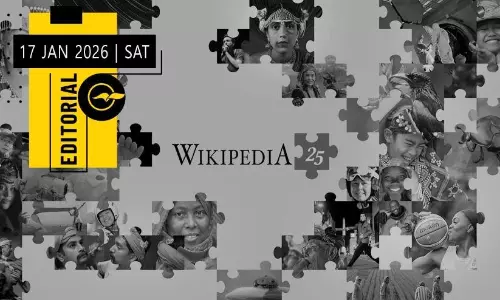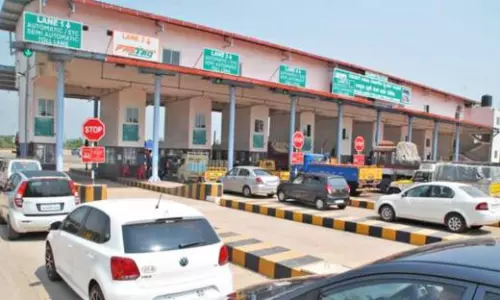
Avalanche kills 10 nomads in a remote area in Pakistan
text_fieldsPeshawar: A remote area in northern Pakistan was hit by an avalanche on Saturday. At least 10 people including a four-year-old boy and four women are dead.
According to rescue official Subah Khan, a group of around 35 nomads were returning from Kashmir and they had set up camp close to a ravine. They were struck by an avalanche late at night. Over 15 people are injured and at least 10 are dead, reported AFP. Initial assessments suggest that up to 15 head of cattle also died.
They were taking their herds of goats on foot from Kel Area to Astore, said police officer Ziarat Ali to ABC News. Local nomads called Bakarwals migrate alongside their herds every year looking for suitable pastures for their cattle and escape harsh weather conditions
The incident took place near the Shounter Pass that connects the Gilgit-Baltistan region with Pakistan-administered Kashmir. The area of the incident is difficult to reach. Poor weather and limited accessibility are making rescue efforts difficult.
The chief secretary of Gilgit-Baltistan's office confirmed the casualties. A police official Muhammad Riaz said residents were taking the lead in the rescue operation in the area.
Gilgit Baltistan is known as the land of glaciers. It has frequently seen avalanches and snow landslides in recent years due to climate change. Global warming is rapidly melting glaciers in Pakistan's northern mountain ranges. It has led to the formation of 3,044 glacial lakes in Gilgit Baltistan and Khyber Pakhtunkhwa provinces.
Climate experts say that flooding and avalanches are becoming more common in Pakistan due to delayed snowfall in April instead of the previous climate pattern of December and January. This does not allow the layers of snow to get tightly packed and crystalised into solid glacial ice. When temperatures rise in May and June, this results in glacial melting.























